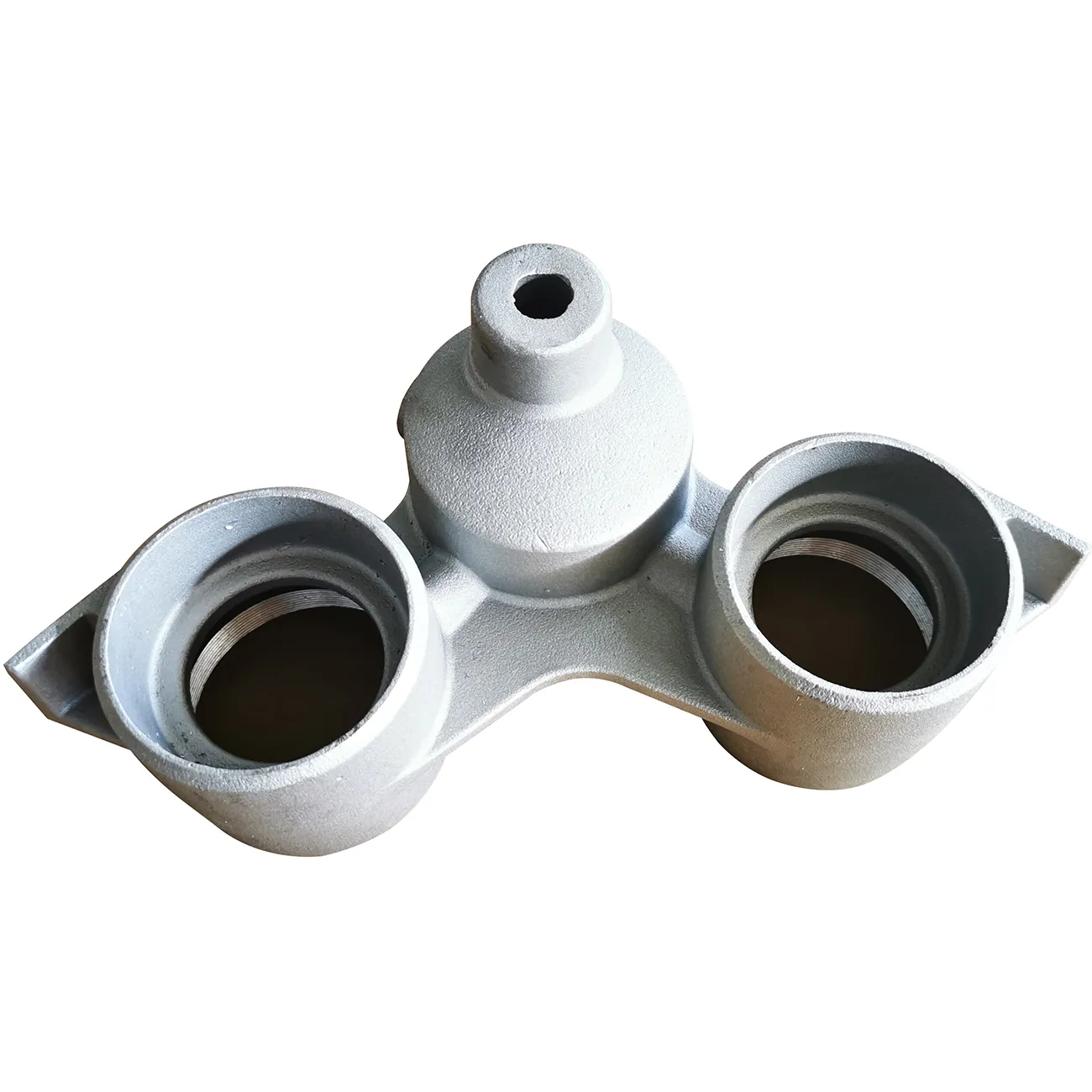Mobile:+86-311-808-126-83
Email:info@ydcastings.com
Exploring Various Designs and Applications of Motor Housings in Modern Technology
Understanding Motor Housings A Crucial Component in Machinery
Motor housings play a pivotal role in various mechanical systems, serving not only as a protective shell for the motor but also as a key structural component that affects the overall efficiency and performance of machinery. These housings are engineered to meet specific requirements based on their applications, and understanding their significance can lead us to appreciate the complexity and precision involved in modern machinery.
What is a Motor Housing?
A motor housing is the outer casing that encases the internal components of an electric motor, such as the stator, rotor, and windings. Typically made from durable materials like aluminum, steel, or high-strength plastic, these housings are designed to shield the internal components from environmental factors such as dust, moisture, and mechanical damage. Furthermore, they provide structural integrity and support for the motor, facilitating easier installation and integration into larger systems.
The Importance of Material Selection
The choice of material for a motor housing significantly impacts the performance and longevity of the motor. Aluminum, for example, is lightweight and provides good heat dissipation, making it ideal for use in applications where weight is a concern, such as in aerospace and automotive industries. On the other hand, steel offers strength and durability, making it suitable for heavy-duty applications. Manufacturers often select materials based on specific performance criteria, including thermal conductivity, corrosion resistance, and mechanical strength, ensuring that the motor housing can withstand the operational stresses it will encounter.
Design Considerations
Motor housing design is a complex process that involves various considerations. Engineers must account for factors such as heat dissipation, vibration resistance, and ease of access for maintenance. The design also incorporates features like ventilation holes or fins to optimize cooling, which is crucial for preventing overheating during operation. Additionally, the housing must be designed to minimize noise and vibration, which can affect the performance and lifespan of both the motor and its adjacent components.
motor housings

The Role of Motor Housings in Efficiency
Efficiency is a vital aspect in the operation of electric motors, and motor housings have a direct impact on this parameter
. An optimally designed housing can reduce energy losses caused by heat buildup, minimizing the energy consumption of the motor. Additionally, a housing that effectively dampens vibrations can enhance the motor's performance by ensuring smoother operation. Manufacturers are continually innovating in the realm of motor housing designs, integrating advanced materials and engineering techniques to enhance motor efficiency.Applications Across Industries
Motor housings are integral to a vast array of applications across numerous industries. In the automotive sector, motor housings protect the electric motors driving hybrid and electric vehicles. In industrial settings, housings provide protection for motors that power conveyor systems, pumps, and fans. Their versatility extends to domestic appliances, where motor housings ensure the functionality of devices such as washing machines and air conditioners. The diverse applications highlight the essential role that motor housings play in modern technology.
Future Trends
As technology evolves, so too will the design and function of motor housings. With the rise of smart technology and the Internet of Things (IoT), engineers are exploring new ways to integrate sensors and monitoring systems within motor housings. This innovation will allow for real-time performance tracking and predictive maintenance, ensuring optimal operation and extending the lifecycle of motors.
Conclusion
In conclusion, motor housings are not merely protective enclosures; they are critical components that enhance the functionality and longevity of electric motors. Their design and material choices influence efficiency, performance, and durability, making them indispensable in a wide range of applications. As industries continue to innovate, the future of motor housing design looks promising, promising further enhancements in machinery efficiency and performance. Understanding the significance of these components is essential for both manufacturers and users, paving the way for advancements in technology and equipment reliability.
-
Why Should You Invest in Superior Pump Castings for Your Equipment?NewsJun.09,2025
-
Unlock Performance Potential with Stainless Impellers and Aluminum End CapsNewsJun.09,2025
-
Revolutionize Your Machinery with Superior Cast Iron and Aluminum ComponentsNewsJun.09,2025
-
Revolutionize Fluid Dynamics with Premium Pump ComponentsNewsJun.09,2025
-
Optimizing Industrial Systems with Essential Valve ComponentsNewsJun.09,2025
-
Elevate Grid Efficiency with High-Precision Power CastingsNewsJun.09,2025











